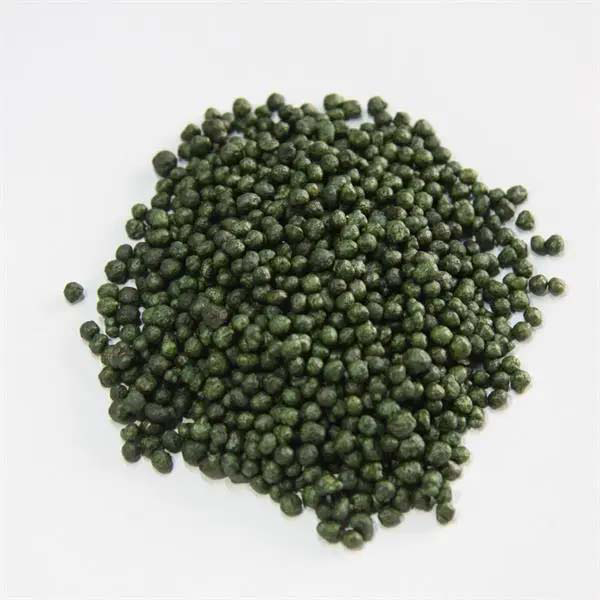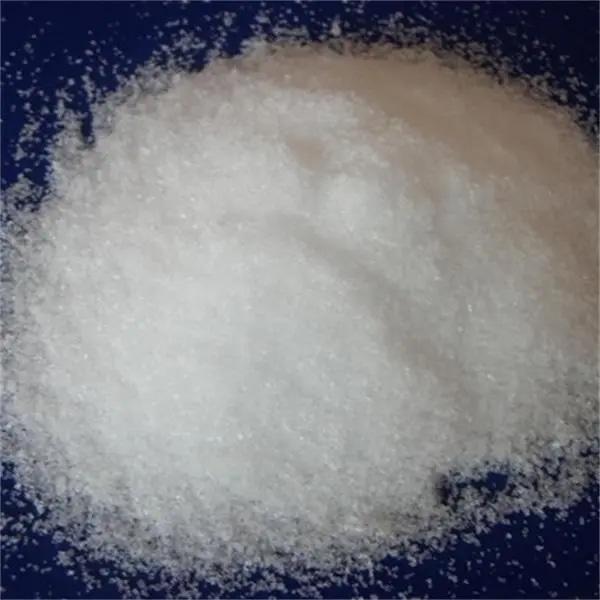Introduce:
Mono Ammonium Phosphate (MAP) 12-61-0 is a highly effective fertilizer that provides essential nutrients for plant growth. Mono ammonium phosphate is composed of nitrogen and phosphorus and is widely used in agriculture and plays a vital role in increasing crop yields. This blog is intended to discuss the benefits and applications of MAP 12-61-0 in a formal and informative tone.
Advantages of monoammonium phosphate 12-61-0:
1. High nutrient content: MAP contains 12% nitrogen and 61% phosphorus, making it an excellent source of essential macronutrients for plants. Nitrogen stimulates vegetative growth and promotes leaf and stem development, while phosphorus aids in root development, flowering, and fruiting.
2. Quickly release nutrients: MAP is a water-soluble fertilizer that allows nutrients to be easily absorbed by plants. This fast-release property makes it ideal for crops that require immediate nutrient replenishment.
3. Versatility: Mono ammonium phosphate 12-61-0 can be used in a variety of growing systems, including field crops, vegetables, fruits and ornamental plants. Its versatility makes it a popular choice among farmers and gardeners.
4. Acidifying soil: MAP is acidic and beneficial to crops growing in acidic soil conditions. Acidifying soil adjusts pH, maximizing nutrient availability and promoting plant growth.
Applications of ammonium dihydrogen phosphate 12-61-0:
1. Field crops: ammonium dihydrogen phosphate can be applied to field crops such as corn, wheat, soybeans, and rice to promote healthy plant growth and increase yields. Its fast-release nutrients aid in all stages of growth from seedling establishment to reproductive development.
2. Vegetables and fruits: MAP helps the growth of vegetables and fruits, ensuring healthy root systems, vibrant leaves, and improving fruit quality. Applying this fertilizer during the transplanting process or as a top dressing will help meet the plant’s nutritional needs.
3. Horticultural flowers: MAP is widely used in the production of ornamental plants, flowers, and potted plants. Its high phosphorus content stimulates root development, which improves flowering and overall plant health.
4. Greenhouse and hydroponic systems: MAP is suitable for greenhouse environments and hydroponic systems. Its water-soluble nature makes it easily accessible to plants growing without soil, ensuring a steady supply of nutrients for optimal growth.
Tips for using monoammonium phosphate 12-61-0:
1. Dosage: Follow the recommended application rates provided by the manufacturer or consult a professional agronomist to determine the appropriate dosage for your specific crop or plant.
2. Application method: MAP can be broadcast, striped or foliar sprayed. Fertilizer should be applied evenly to ensure even distribution of nutrients and avoid overfertilization.
3. Soil Testing: Regular soil testing helps monitor nutrient levels and adjust fertilizer application accordingly. This ensures that plants receive necessary nutrients without causing nutritional imbalance or environmental damage.
4. Safety precautions: Wear protective gloves when handling MAP and wash hands thoroughly after use. Store fertilizer in a cool, dry place away from children and pets.
In conclusion:
Monoammonium Phosphate (MAP) 12-61-0 is a highly effective fertilizer that provides essential nutrients for healthy plant growth. Its high nutrient content, fast-release properties and versatility make it a top choice for a variety of agricultural and horticultural applications. By understanding the benefits of MAP and following proper application techniques, farmers and gardeners can harness the full potential of MAP to maximize crop yields and achieve healthy, lush plants.
Post time: Nov-27-2023


